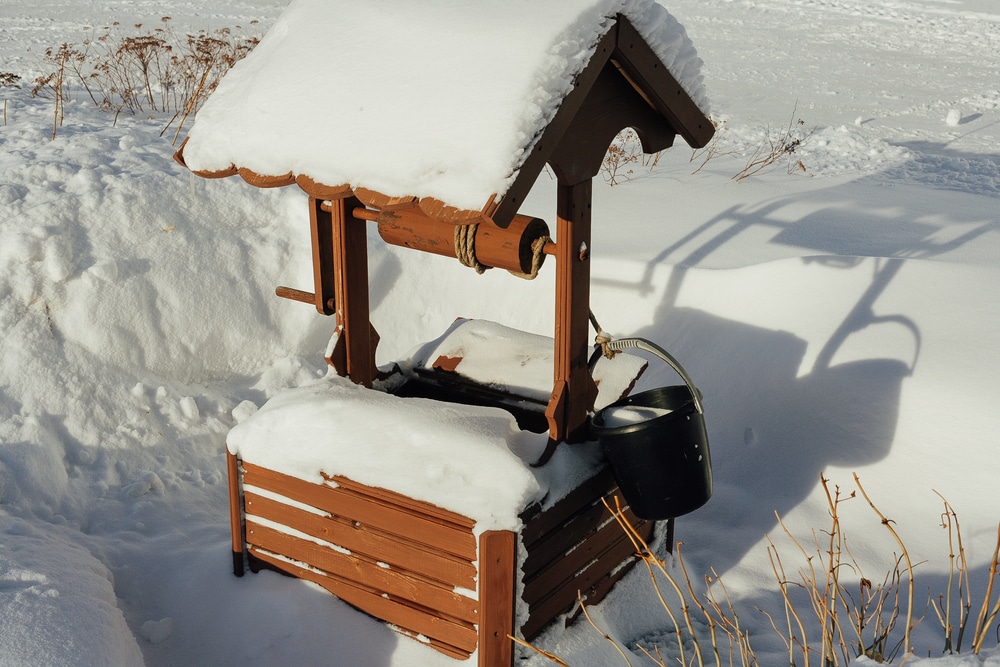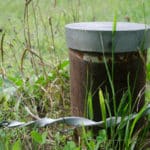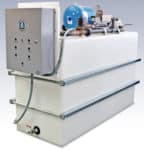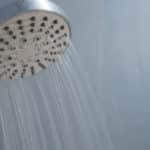Winter provides an ongoing and evolving challenge for homeowners to manage arctic temperatures, snowstorms, and ice build-up. Another issue that can arise, even for homeowners with a Well Watcher system installed, comes from not properly winterizing your home’s well system when you are gone for an extended period. While the well itself usually is dug deep enough where the soil provides adequate insulation from the cold, the pipes that feed your home can become susceptible to freezing. Although regularly running warm water through your pipes can help curtail any potential freezing, you may come back to a home with frozen pipes and other issues if you plan on a long weekend away.
What Can I Do to Stop It?
There are steps that homeowners can take to help protect their system from potentially freezing if they go away for a winter vacation. It is recommended to turn to an experienced technician who is certified to handle the winterization of your well water system; however, you can also take some precautions to address the process yourself in a pinch. However, there are additional concerns that well users need to address when they begin the process.
Address Water Supply
The first step towards winterizing your home begins with turning off the water supply to your home. Locate the well pump breaker and well pump pressure switch in your home and set it to the off position. Leave the main breaker on if someone turns on the main; the well pump will remain off.
Drain Water From the Pipes
Now that you have turned the well water pump off, you can begin to drain the water still within the drains. Turn on all the faucets in your home to completely empty your pipes. If any water remains in the pipes, the chance of bacterial growth in the stagnant water grows exponentially and can contaminate the rest of the supply when you turn the pumps back on later.
Disconnect Any Wires From the Pump
To ensure that no one accidentally tries to use the pump after it has been winterized, you’ll want to disconnect the pump’s power wires. By disconnecting the wires that provide power to your pump, you offer an additional protection level if someone tries to use the pump after it has been winterized.
Depending on your well’s depth, this is the last step you have to take since the soil acts as insulation protection for your well from potentially freezing. However, for shallow wells, there is one additional step to winterize your system correctly.
Loosen the Clamps
With a flathead screwdriver, loosen the hose clamps that attach the water feed lines and pump lines to the main pump. Have a bucket on hand to collect any water that spills and drips from the disconnected hoses, so you don’t walk back to a puddle when you come home.
Everyone should be able to go on a nice winter vacation, visit family and friends for the holidays and not have to worry about coming home to an issue with your well water system freezing due to the cold winter temperatures. Taking the proactive approach to properly winterizing your well can help ensure that you won’t experience any hiccups in service when you return home. Contact Well Manager today to learn more about getting a green alternative to hydrofracking for your home!






